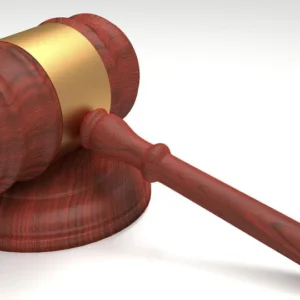What Should You Include In An Agreement For Lease?
An agreement for lease should include parties involved, property details, lease term, rent and payment terms, maintenance responsibilities, rules and regulations, and termination conditions to ensure clarity and legal protection.










